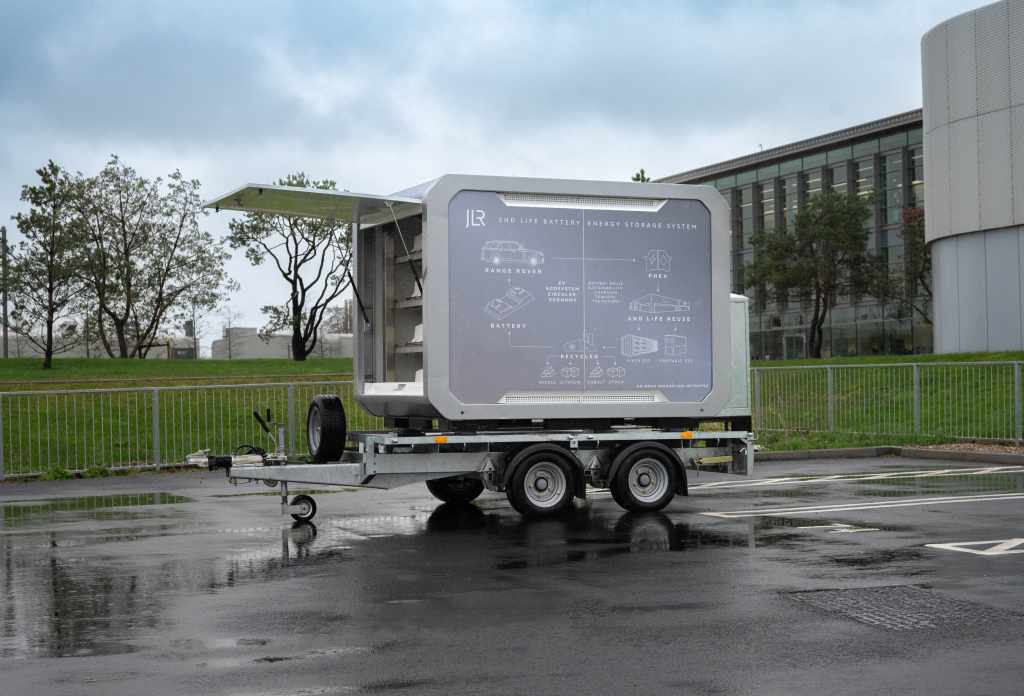Continuing just-auto’s series of interviews with global automotive component manufacturers, Matthew Beecham talked with Dr Prasad Kadle, director, advanced engineering, Delphi Thermal Systems about trends in powertrain cooling systems.
In what ways has the scope of thermal management changed over the past decade?
As fuel economy standards become more stringent, the need for recovering any waste heat has become paramount. Thus, systems like exhaust gas heat exchangers will become more commonplace. Additionally, engines are going to require more and more efficient exhaust gas recirculation (EGR) coolers even for gasoline engines. The advent of EVs and HEVs creates additional cooling loops for cooling the power electronics that drive the motors. These are in separate loops because the coolant temperatures are lower than the normal temperatures that we are accustomed to. Even the batteries need to be kept within a narrow temperature range – almost similar to the passengers inside the passenger compartment.
These newer requirements may also drive the need for supplemental heat as the amount of waste heat may not be adequate to heat the passengers in winter. This may result in heat pumps that deliver heat at COPs (Coefficient of Performance) higher than 1.0. All that means is that for every Watt of electricity utilized to provide heat, we get more than 1 Watt of heat (usually more than 2). These thermal challenges create the need for more heat exchangers and coolant loops.
As we understand it, there has been a shift in emphasis from the previously predominant direct charge air cooling indirect charge air cooling assisted by the coolant. What has driven this change and what are the benefits?
See Also:
Automakers are increasingly turning to downsized engines to reduce tailpipe emissions. In order to maintain the power from these engines, vehicle manufacturers are turbocharging, to give the performance of a larger engine with a flat torque curve. The compression process increases the charge temperature reducing the charge density and thus, the engine performance. This problem is addressed by introducing a charge air cooler into the intake system.
How well do you really know your competitors?
Access the most comprehensive Company Profiles on the market, powered by GlobalData. Save hours of research. Gain competitive edge.

Thank you!
Your download email will arrive shortly
Not ready to buy yet? Download a free sample
We are confident about the unique quality of our Company Profiles. However, we want you to make the most beneficial decision for your business, so we offer a free sample that you can download by submitting the below form
By GlobalDataDelphi’s wide range of air-cooled charge coolers provides very high effectiveness bringing the charge air temperature almost to the ambient temperature. However, to accomplish this requires large ducts that carry the air to the front of the vehicle then back to the engine. This large volume of air results in a “turbo lag” that is perceptible (although acceptable to most drivers). Delphi’s new portfolio of liquid cooled charge air coolers reduces the volume of intake air between the boosting device and the engine, virtually eliminating the contribution to turbo lag.
Additionally, the intake air stays cooler during acceleration because the liquid cooled charge cooler heats up more slowly. This higher thermal capacity also helps to limit peak NOx emissions during transient driving conditions by maintaining cooler inlet air temperatures.
Further emissions benefit is derived under cold start conditions, as coolant flow to the LCCAC can be limited to increase engine warm-up rate. On gasoline engines, during partial load conditions when engine efficiency falls due to throttling losses, coolant flow can also be limited to heat the intake air, reducing its density and allowing a greater opening of the throttle valve and, hence, reducing the losses.
It is necessary to know the engine in order to cool it. Does the same principle apply to battery cooling?
Definitely. The battery chemistries that we are presently dealing with require that they be kept within a narrow temperature range – almost similar to the passengers inside the passenger compartment. Thus, this may be more stringent than cooling an engine.
I guess increasing electrification of the powertrain is also posing new challenges to cabin comfort. What’s your view?
The remainder of this interview is available on just-auto’s QUBE research service




